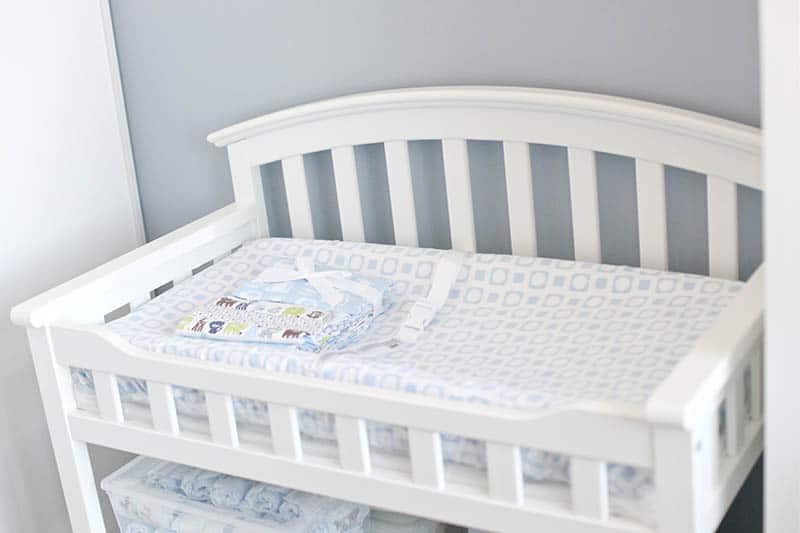Crib mattresses are meant to provide a safe and comfortable place for your baby to sleep, but many parents are unaware of the harmful chemicals that may be lurking in these seemingly innocent products. One of the most concerning chemicals found in crib mattresses is formaldehyde, a known carcinogen and respiratory irritant. Formaldehyde is commonly used as a preservative in many products, including crib mattresses. It is also used in adhesives to hold materials together. Unfortunately, this chemical can off-gas, releasing toxic fumes into the air your baby breathes while sleeping. Exposure to formaldehyde has been linked to a range of health issues, including respiratory problems, eye and skin irritation, and even cancer. Infants and young children are especially vulnerable to these effects, as their bodies are still developing and their immune systems are not fully developed.1. Formaldehyde in Crib Mattresses
Another common chemical found in crib mattresses is flame retardants. These chemicals are added to products to slow down or prevent the spread of fire. While this may seem like a positive safety measure, the reality is that these chemicals can have negative health effects, especially for babies and young children. Studies have shown that exposure to flame retardants can lead to developmental delays, hormonal disruptions, and even cancer. These chemicals have also been linked to respiratory issues and skin irritation. What's even more concerning is that flame retardants are not always effective in preventing fires and may even make them more dangerous by releasing toxic fumes when burned. So not only are these chemicals potentially harmful to your baby's health, but they may not even provide the safety benefit they claim.2. Flame Retardants in Crib Mattresses
Phthalates are a group of chemicals used to make plastics more flexible and durable. They are commonly found in crib mattresses, as well as other baby products such as toys and pacifiers. Exposure to phthalates has been linked to a range of health issues, including reproductive problems, hormonal disruptions, and developmental delays. These chemicals have also been found to be particularly harmful to infants and young children, as their bodies are still developing. While some countries have banned or restricted the use of phthalates, they are still commonly found in many products, including crib mattresses. It is important for parents to be aware of these chemicals and take steps to limit their baby's exposure.3. Phthalates in Crib Mattresses
Many crib mattresses are made with polyurethane foam, a material commonly used in furniture and bedding. While this foam may seem harmless, it can actually release harmful chemicals into the air. One of the main concerns with polyurethane foam is that it can off-gas volatile organic compounds (VOCs), which can cause respiratory irritation, headaches, and nausea. This is especially concerning for babies and young children, who spend a significant amount of time in their cribs. In addition to off-gassing, polyurethane foam can also break down over time and release small particles, which can be inhaled and cause respiratory issues. These particles can also pose a choking hazard for young children.4. Polyurethane Foam in Crib Mattresses
Volatile Organic Compounds, or VOCs, are chemicals that are commonly found in household products, including crib mattresses. These chemicals can off-gas and release fumes into the air, which can be harmful to your baby's health. Exposure to VOCs has been linked to a range of health issues, including respiratory problems, headaches, and eye and skin irritation. Babies and young children are particularly vulnerable to these effects, as their bodies are still developing and their immune systems are not fully developed. It is important for parents to look for crib mattresses that are labeled as low or no VOC, or made with natural and organic materials that do not contain these harmful chemicals.5. Volatile Organic Compounds (VOCs) in Crib Mattresses
Antimony is a chemical commonly used in the production of polyurethane foam, which is found in many crib mattresses. This chemical has been classified as a possible carcinogen and has been linked to respiratory issues and skin irritation. Infants and young children are particularly vulnerable to the harmful effects of antimony, as their bodies are still developing and their immune systems are not fully developed. Exposure to this chemical can also have long-term effects on a child's health, making it important for parents to choose a safe and non-toxic crib mattress for their baby.6. Antimony in Crib Mattresses
Lead is a toxic metal that can have serious health effects, especially for babies and young children. While lead is not typically used in the production of crib mattresses, it can still be found in old or used mattresses. Exposure to lead has been linked to developmental delays, learning disabilities, and behavior problems. It can also affect a child's brain development and cause permanent damage. Parents should always check the safety of a crib mattress, especially if it is second-hand or has been in use for a long time. If there is any doubt about the safety of the mattress, it is best to replace it with a new one.7. Lead in Crib Mattresses
BPA, or bisphenol A, is a chemical commonly used in the production of plastics and can be found in some crib mattresses. This chemical has been linked to a range of health issues, including hormonal disruptions and developmental delays. Exposure to BPA is particularly concerning for babies and young children, as their bodies are still developing and their systems are more sensitive to these types of chemicals. It is important for parents to choose a crib mattress that is BPA-free to limit their baby's exposure to this harmful chemical.8. BPA in Crib Mattresses
Crib mattresses may also contain pesticides, which are chemicals used to kill insects and other pests. These chemicals can be harmful to your baby's health, especially if they are exposed to them for long periods of time while sleeping. Exposure to pesticides has been linked to a range of health issues, including respiratory problems, neurological issues, and hormone disruption. Infants and young children are particularly vulnerable to these effects, as their bodies are still developing and their systems are more sensitive to these chemicals. Parents can choose to avoid pesticides in their baby's crib mattress by opting for organic and natural materials that are free from these harmful chemicals.9. Pesticides in Crib Mattresses
Chlorinated Tris is a chemical used as a flame retardant and is commonly found in crib mattresses. This chemical has been linked to developmental delays, hormone disruption, and even cancer. Infants and young children are particularly vulnerable to the harmful effects of chlorinated tris, as their bodies are still developing and their systems are more sensitive to these chemicals. It is important for parents to choose a crib mattress that is free from this chemical to ensure their baby's safety.10. Chlorinated Tris in Crib Mattresses
The Dangers of Harmful Chemicals in Crib Mattresses

How the Place We Rest Can Pose a Risk to Our Health
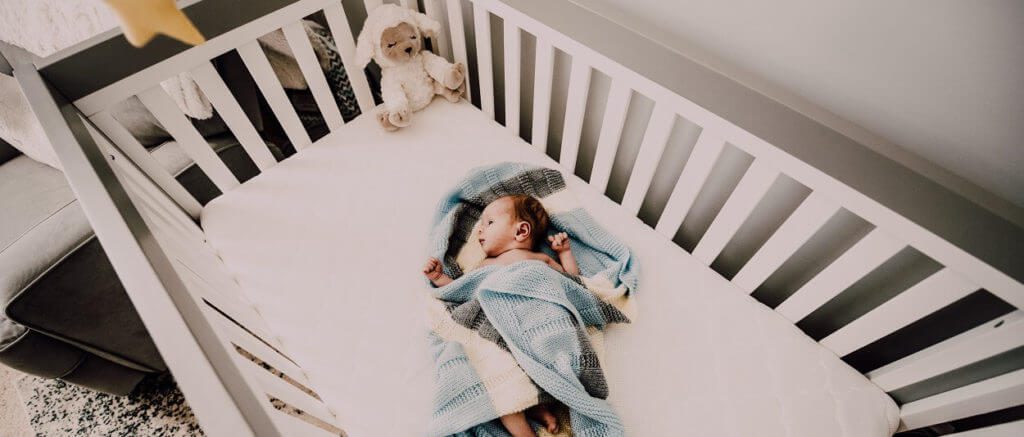 Crib mattresses are an essential item for every new parent, providing a safe and comfortable place for their baby to sleep. However, what many parents may not realize is that some crib mattresses contain harmful chemicals that can potentially harm their child's health. These chemicals are often used to make the mattress fire-resistant or waterproof, but they can have negative effects on our health, especially for infants and young children. As a responsible parent, it is crucial to be aware of these potential dangers and take steps to ensure your child's safety and well-being.
The Impact of Harmful Chemicals
One of the main concerns with crib mattresses is the use of polyurethane foam, which is a synthetic material often used for its soft and comfortable properties. However, this foam is often treated with
flame retardant chemicals
that are linked to various health issues such as
cancer, developmental delays, and reproductive problems
. These chemicals can be released into the air, and infants who spend a significant amount of time sleeping on these mattresses may inhale or absorb them through their skin, leading to potential health risks. Additionally, some mattresses are also treated with
waterproofing chemicals
, which can contain
volatile organic compounds (VOCs)
that can cause respiratory problems and allergic reactions.
Crib mattresses are an essential item for every new parent, providing a safe and comfortable place for their baby to sleep. However, what many parents may not realize is that some crib mattresses contain harmful chemicals that can potentially harm their child's health. These chemicals are often used to make the mattress fire-resistant or waterproof, but they can have negative effects on our health, especially for infants and young children. As a responsible parent, it is crucial to be aware of these potential dangers and take steps to ensure your child's safety and well-being.
The Impact of Harmful Chemicals
One of the main concerns with crib mattresses is the use of polyurethane foam, which is a synthetic material often used for its soft and comfortable properties. However, this foam is often treated with
flame retardant chemicals
that are linked to various health issues such as
cancer, developmental delays, and reproductive problems
. These chemicals can be released into the air, and infants who spend a significant amount of time sleeping on these mattresses may inhale or absorb them through their skin, leading to potential health risks. Additionally, some mattresses are also treated with
waterproofing chemicals
, which can contain
volatile organic compounds (VOCs)
that can cause respiratory problems and allergic reactions.
Protecting Your Child's Health
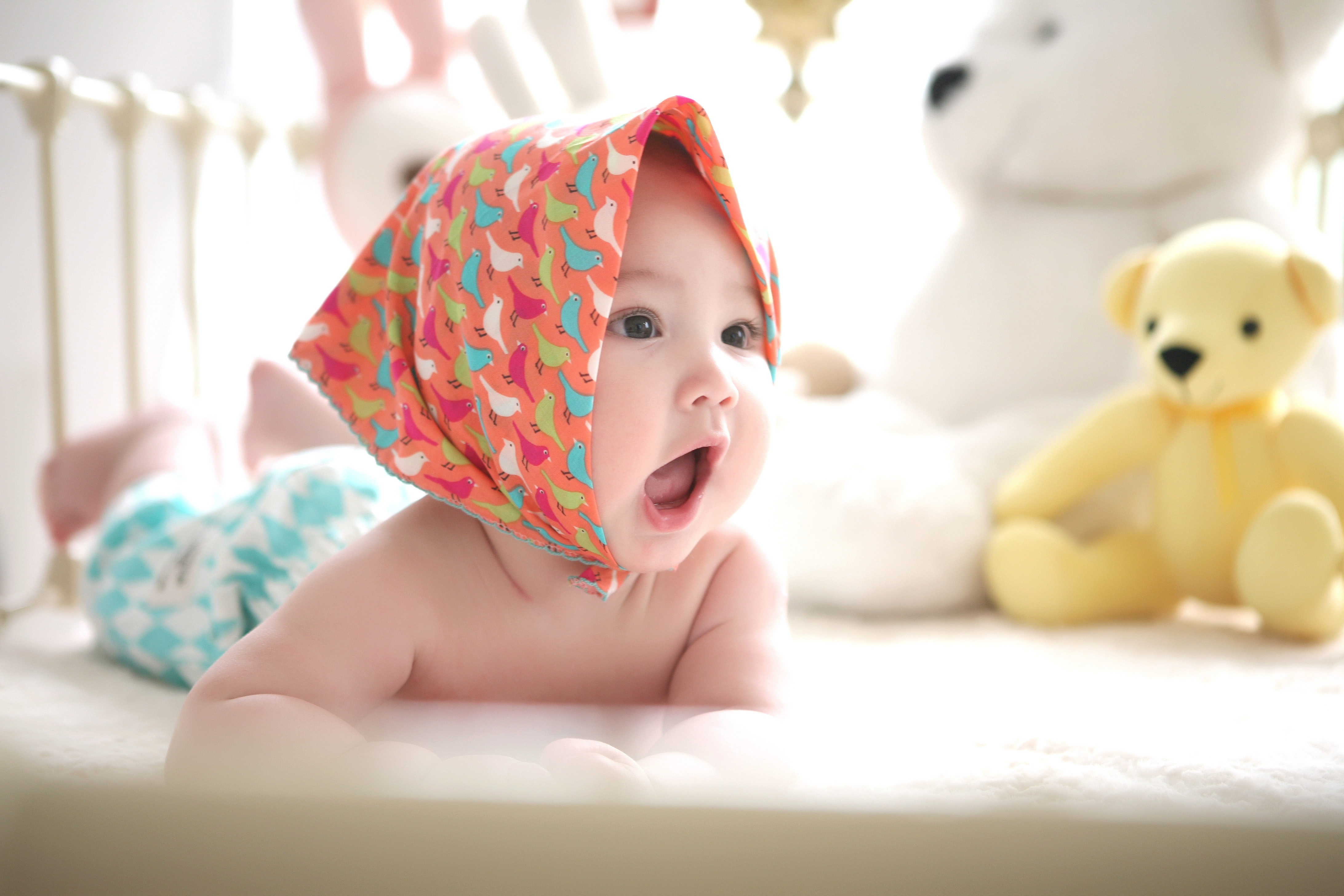 It is essential to research and carefully choose a safe and non-toxic crib mattress for your child. Look for
organic and natural materials
such as organic cotton, wool, or natural latex, which are free from harmful chemicals. These materials are naturally fire-resistant and do not require chemical treatments. Additionally, consider purchasing a
mattress cover
made from organic cotton that can act as a barrier between your child and any potential harmful chemicals in the mattress. It is also crucial to
air out
the mattress for a few days before use to allow any chemicals to dissipate.
It is essential to research and carefully choose a safe and non-toxic crib mattress for your child. Look for
organic and natural materials
such as organic cotton, wool, or natural latex, which are free from harmful chemicals. These materials are naturally fire-resistant and do not require chemical treatments. Additionally, consider purchasing a
mattress cover
made from organic cotton that can act as a barrier between your child and any potential harmful chemicals in the mattress. It is also crucial to
air out
the mattress for a few days before use to allow any chemicals to dissipate.
The Importance of Being Informed
 As consumers, it is our responsibility to educate ourselves about the products we purchase, especially when it comes to our children's health. While the use of harmful chemicals in crib mattresses is not regulated, there are ways to avoid potential risks by choosing safer options. By being aware and making informed decisions, we can protect our children's health and well-being while providing them with a comfortable and safe place to rest. It is also essential to spread awareness and advocate for stricter regulations and standards for crib mattresses to ensure the safety of all children.
As consumers, it is our responsibility to educate ourselves about the products we purchase, especially when it comes to our children's health. While the use of harmful chemicals in crib mattresses is not regulated, there are ways to avoid potential risks by choosing safer options. By being aware and making informed decisions, we can protect our children's health and well-being while providing them with a comfortable and safe place to rest. It is also essential to spread awareness and advocate for stricter regulations and standards for crib mattresses to ensure the safety of all children.
In Conclusion
 In conclusion,
harmful chemicals in crib mattresses
can pose significant risks to our children's health. As parents, it is crucial to research and choose safe and non-toxic options for our child's crib mattress. By being informed and taking necessary precautions, we can ensure our child's well-being and create a healthier environment for them to grow and thrive. Remember, every little step we take towards a safer and healthier home for our children is a step towards a better future.
In conclusion,
harmful chemicals in crib mattresses
can pose significant risks to our children's health. As parents, it is crucial to research and choose safe and non-toxic options for our child's crib mattress. By being informed and taking necessary precautions, we can ensure our child's well-being and create a healthier environment for them to grow and thrive. Remember, every little step we take towards a safer and healthier home for our children is a step towards a better future.
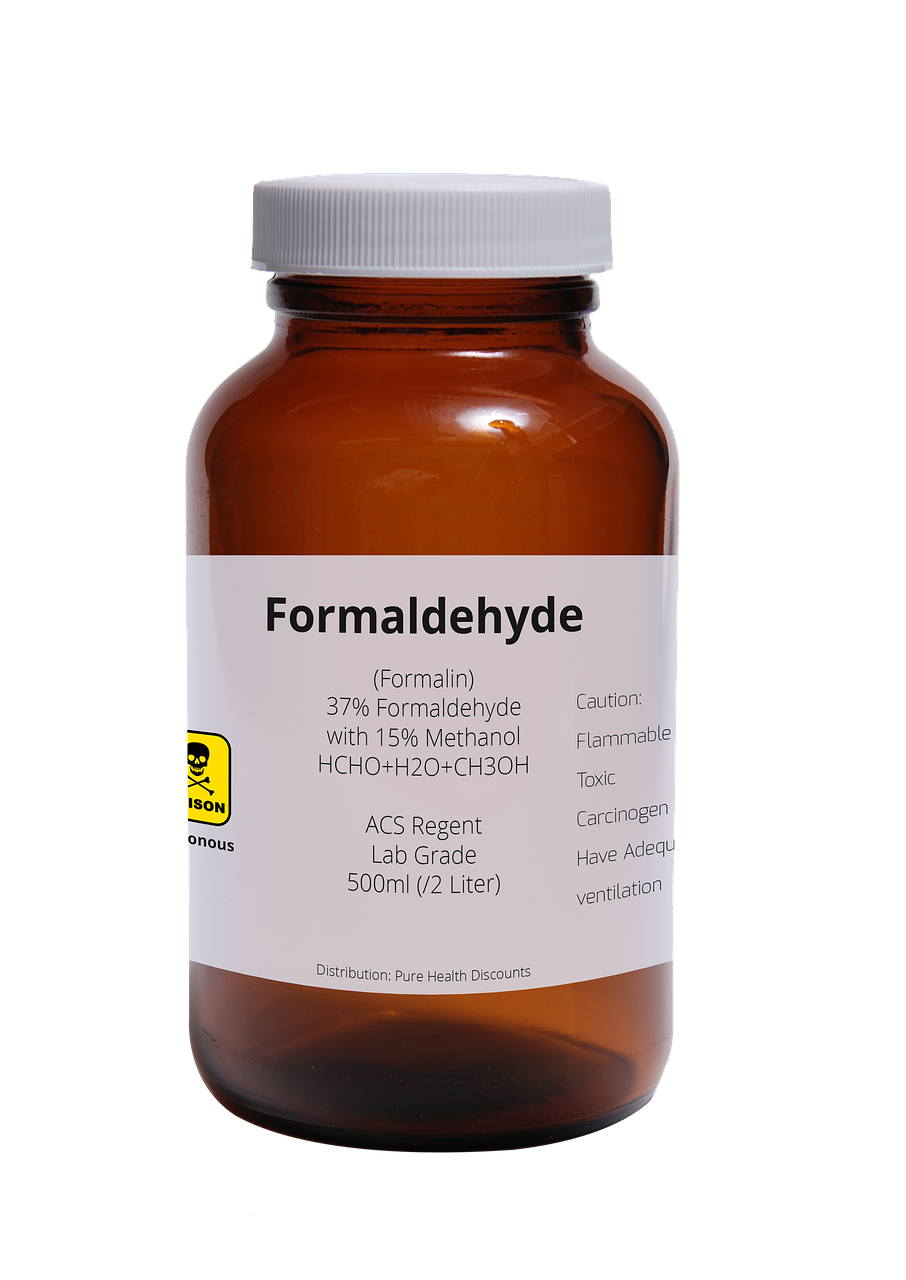



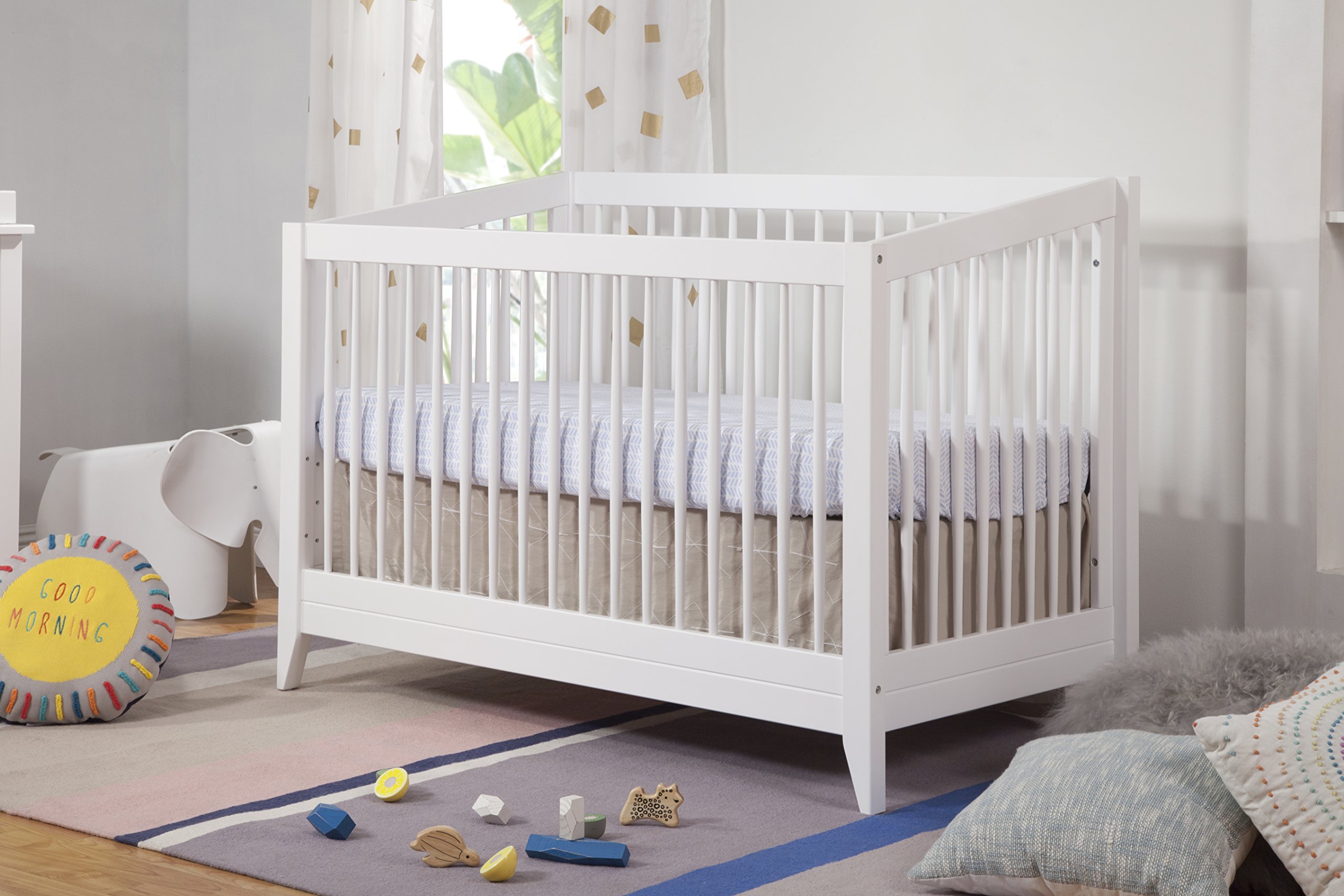
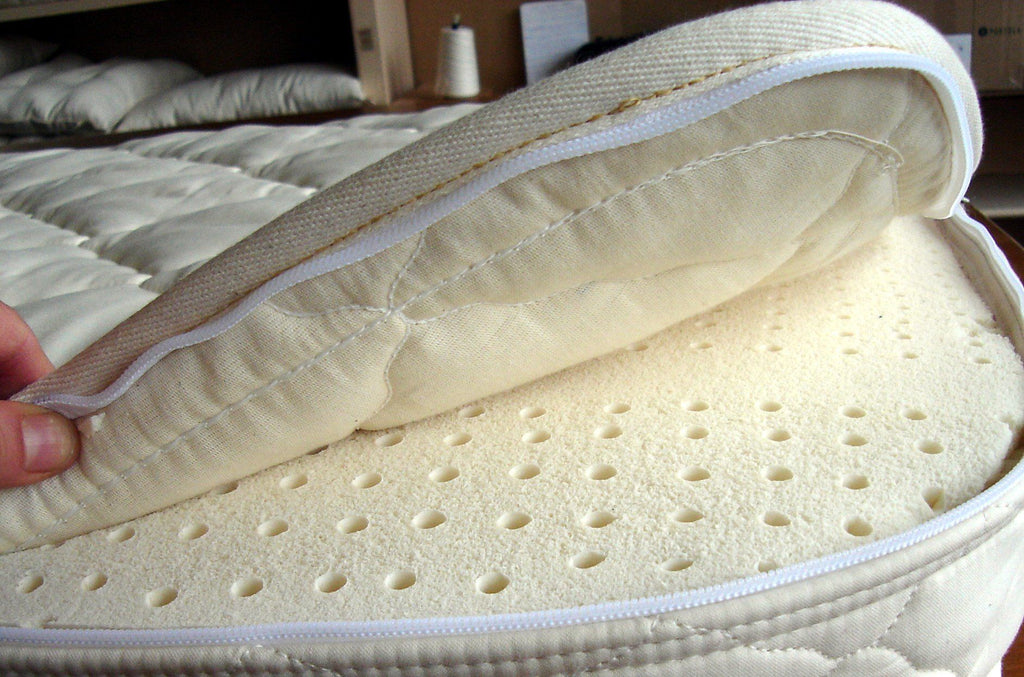













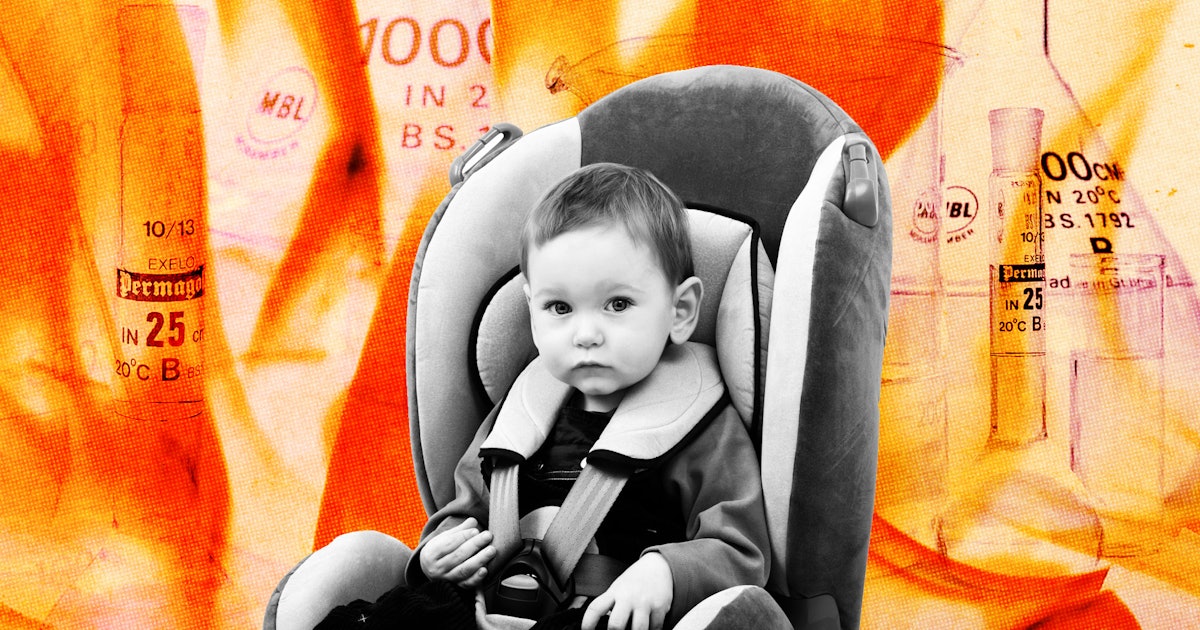
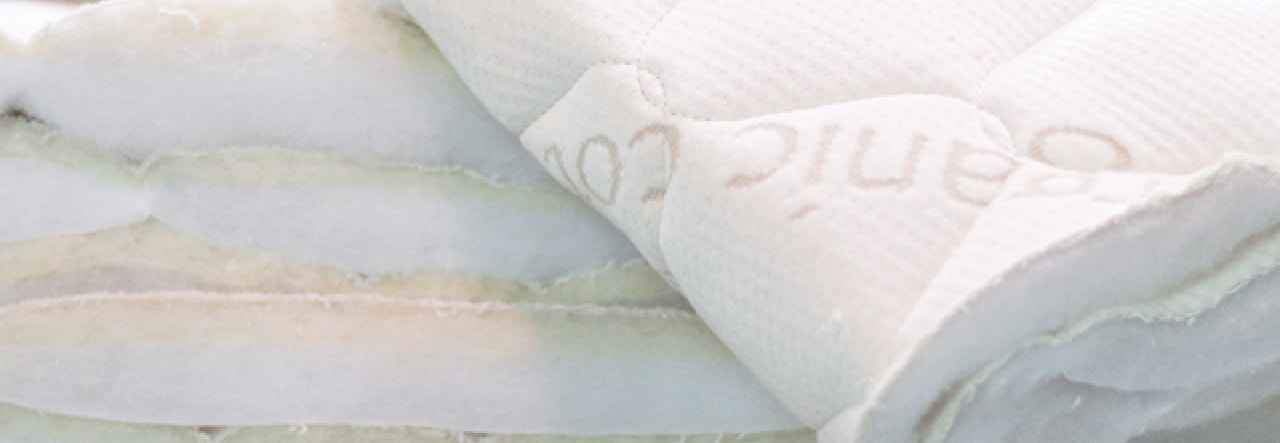


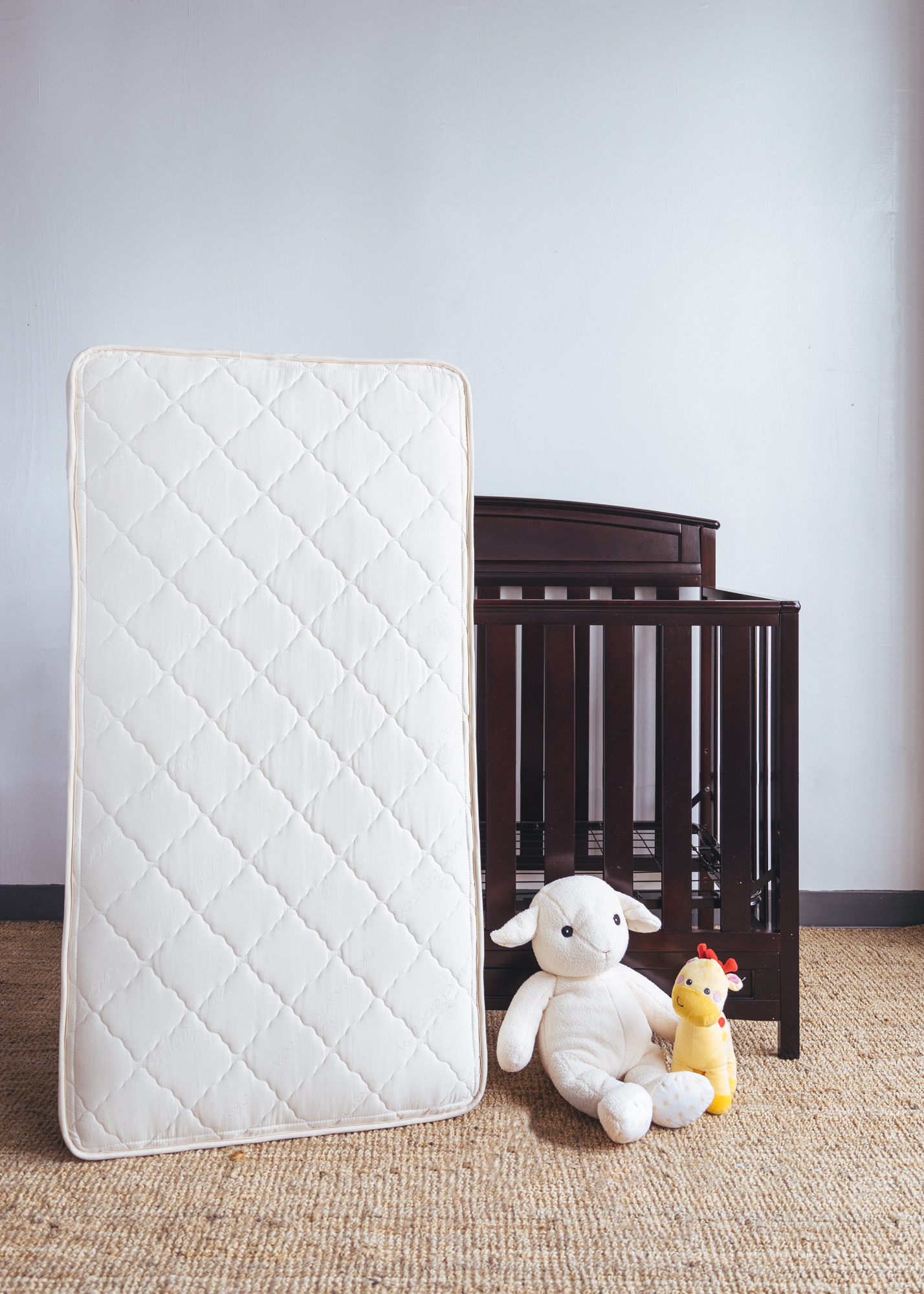




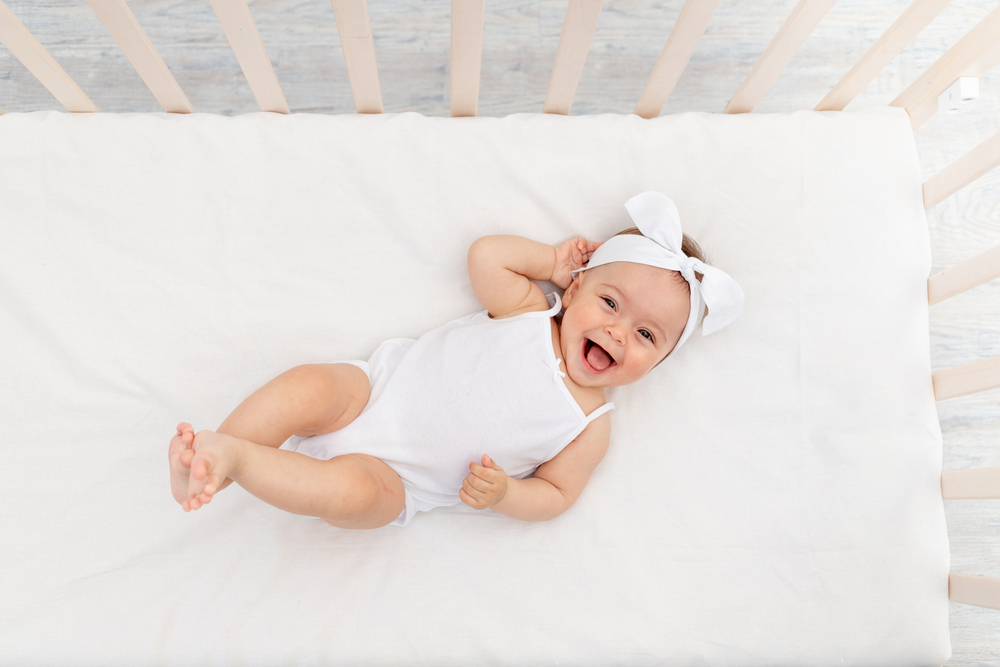




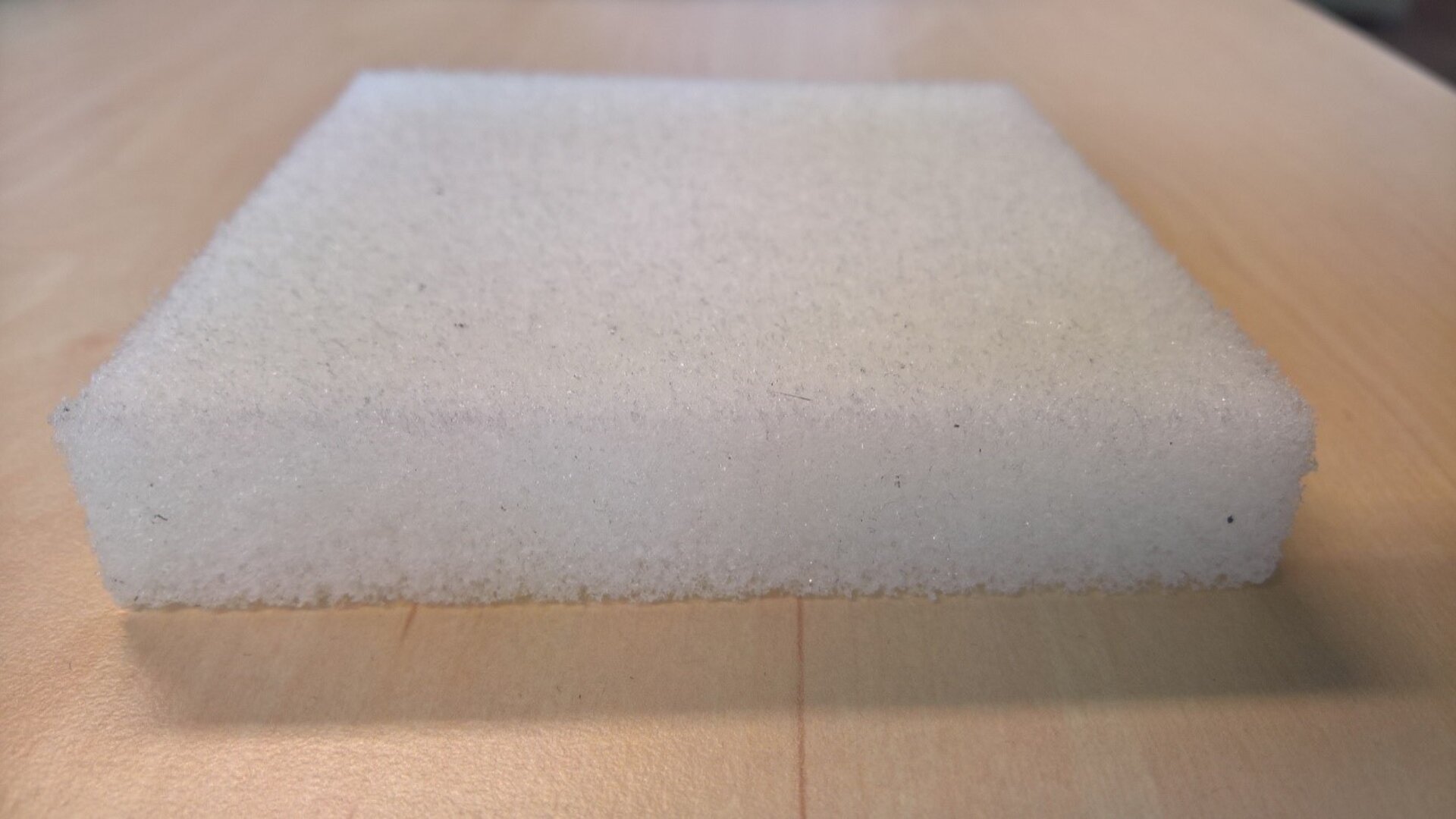

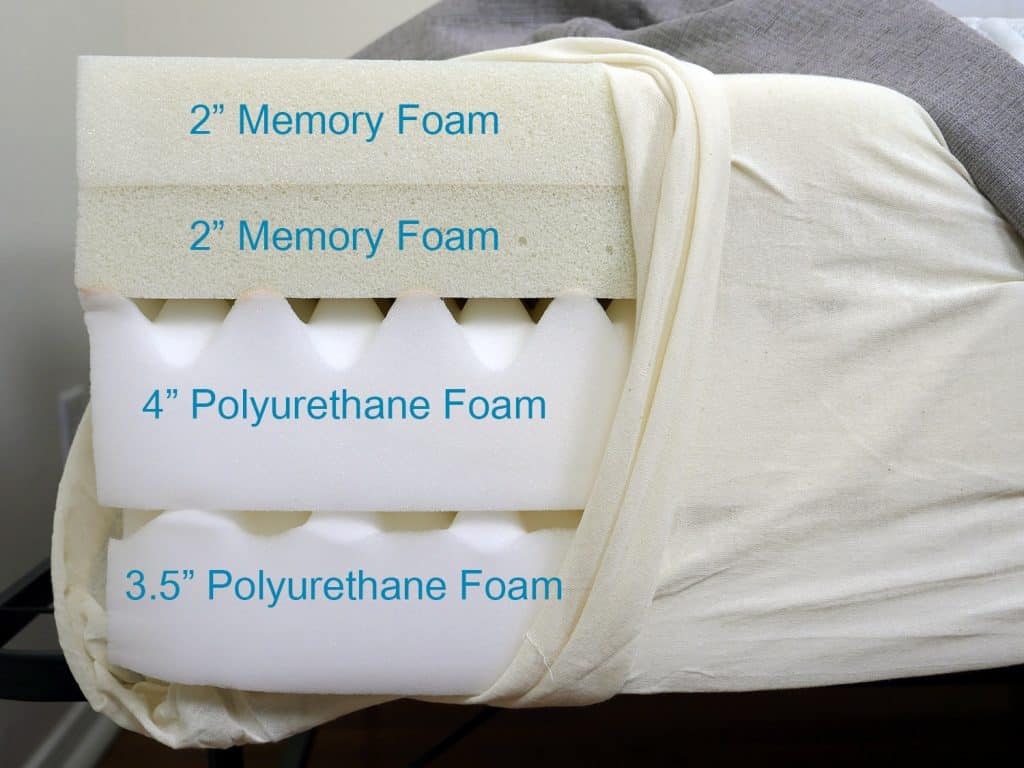



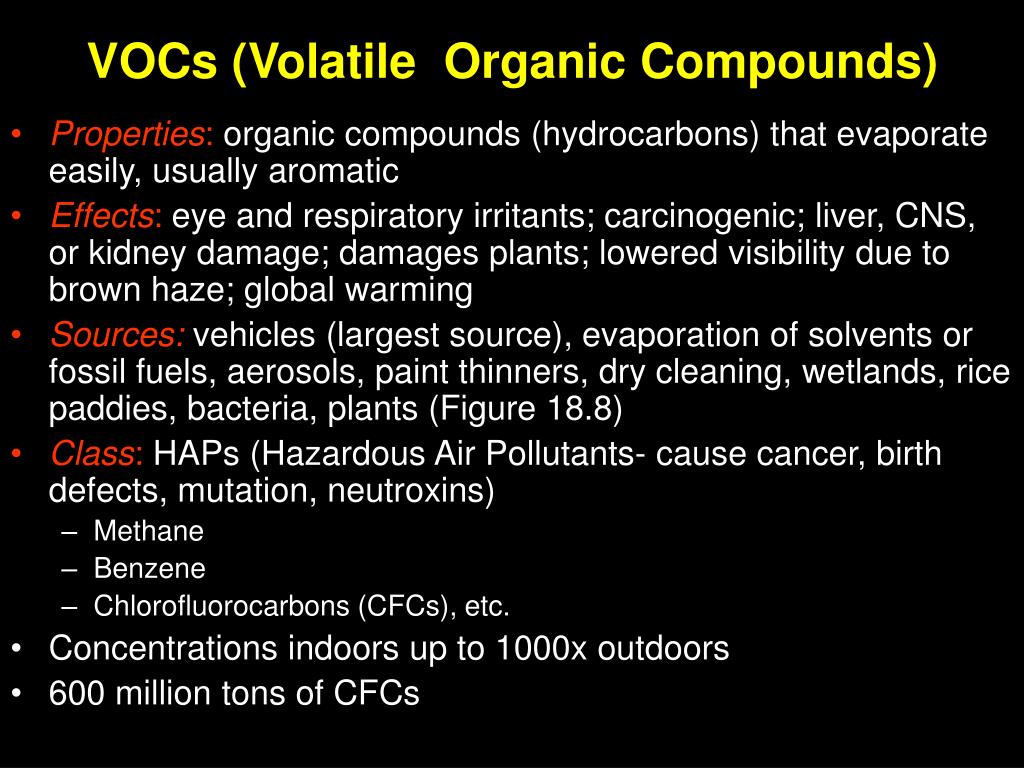


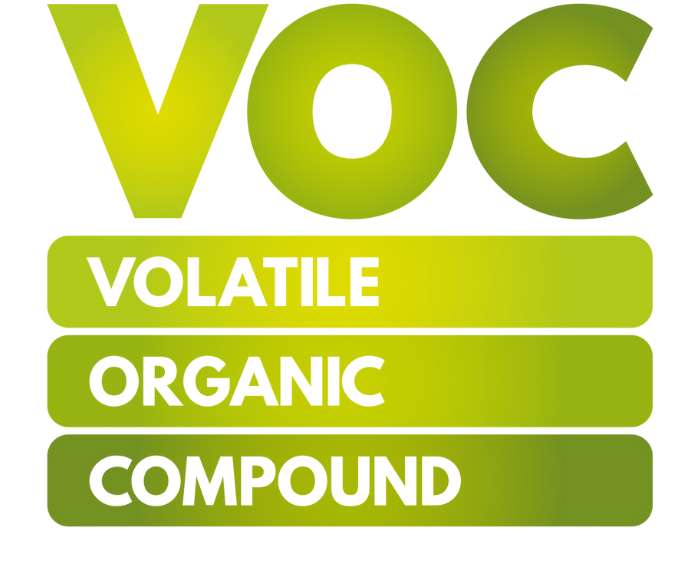
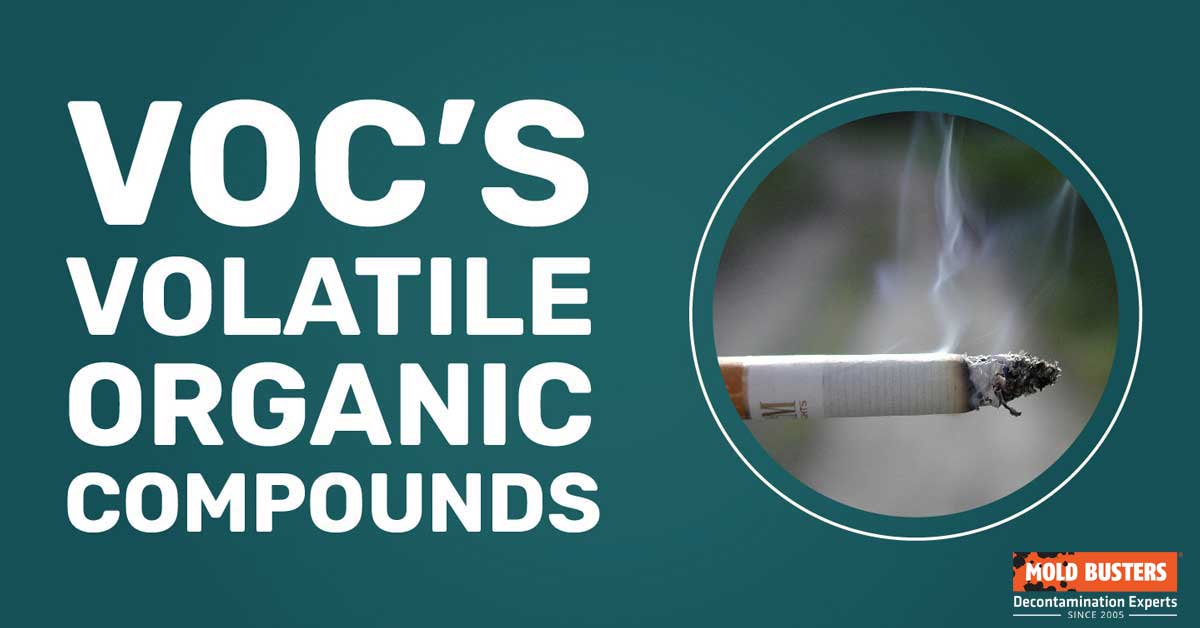
.jpg)







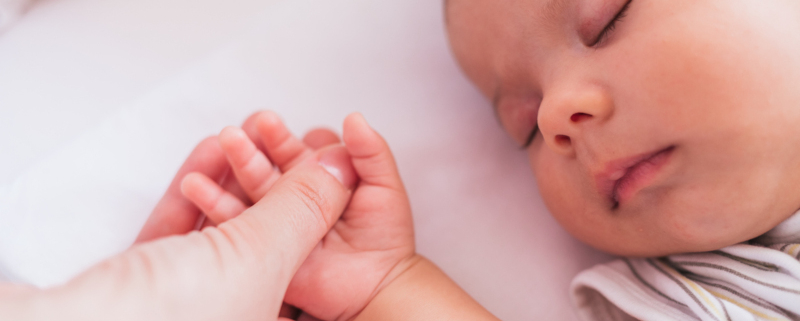





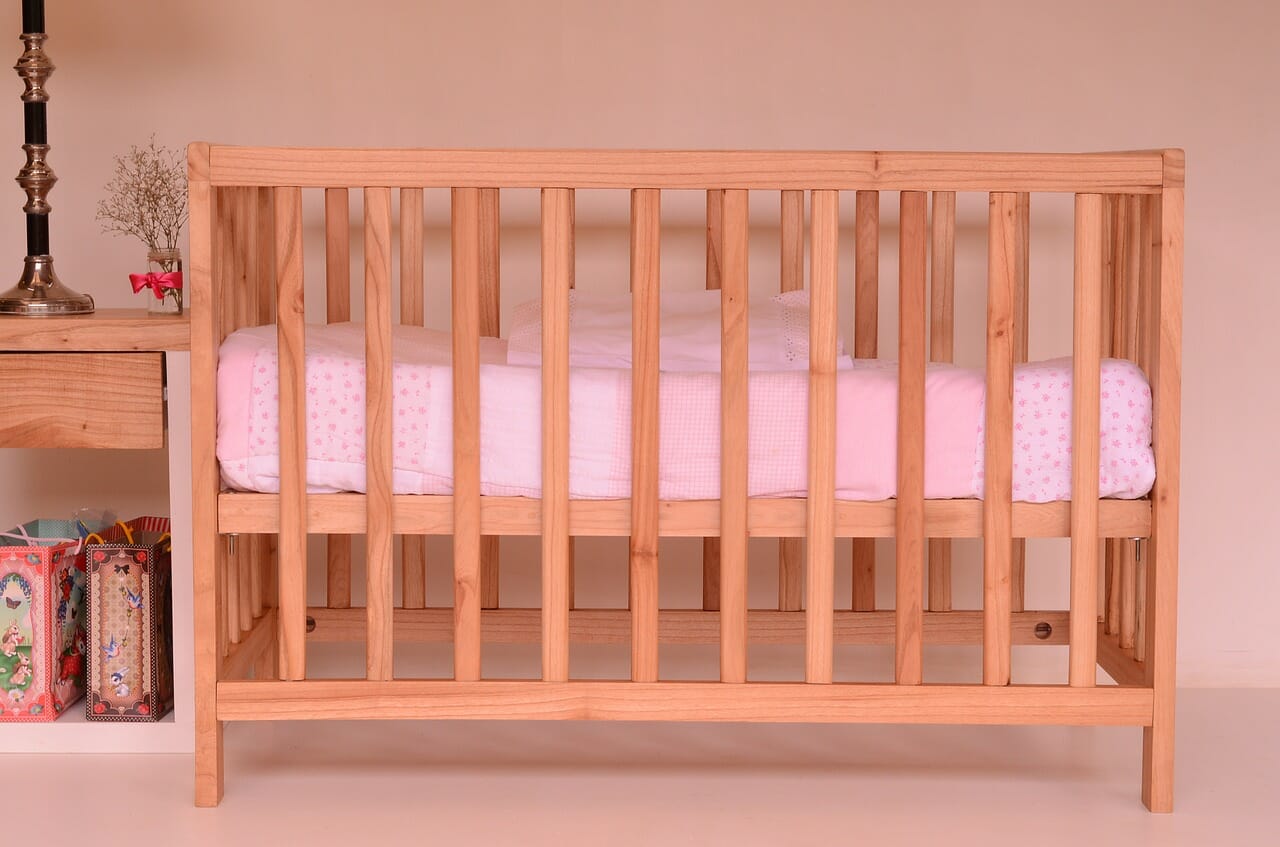



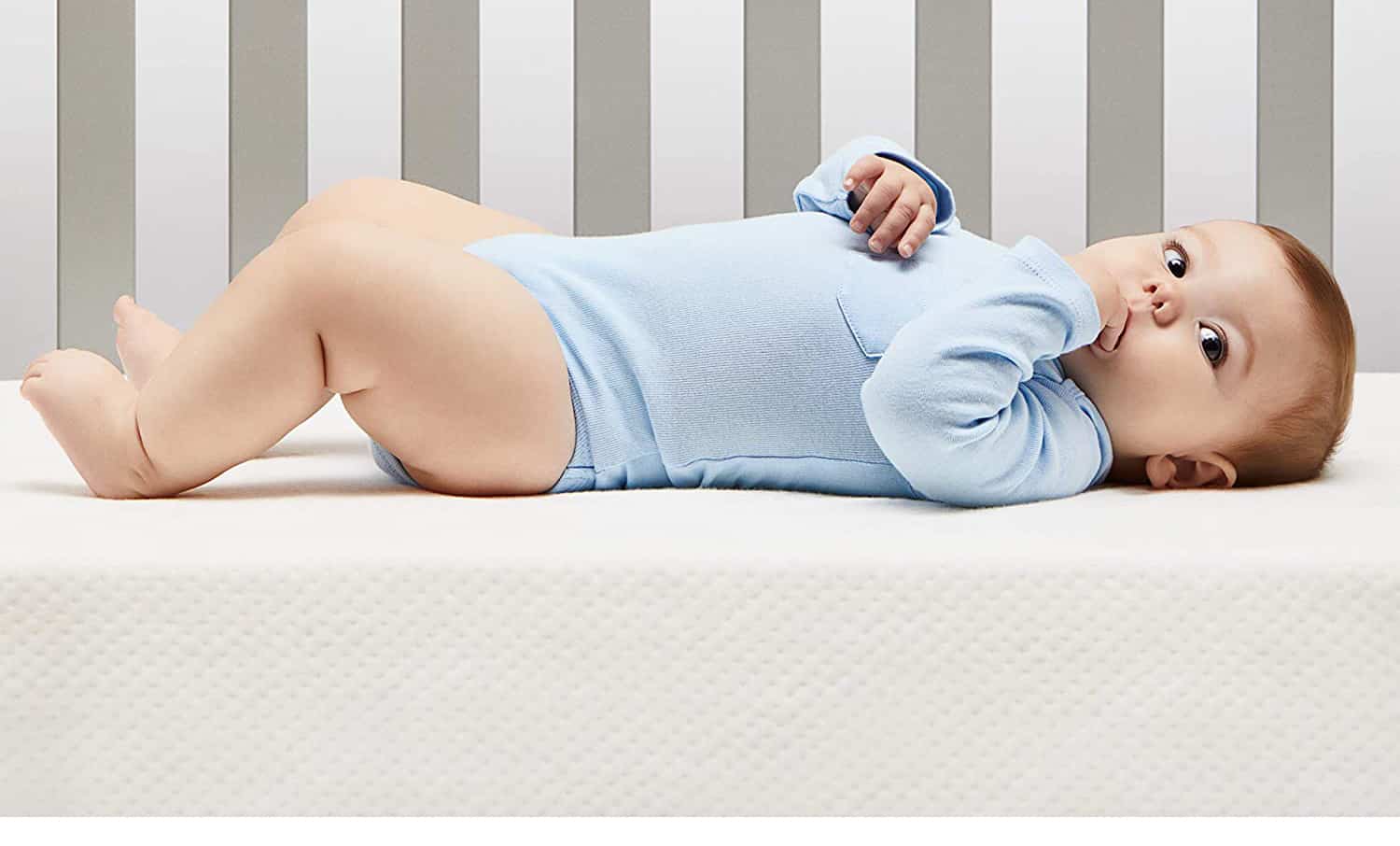
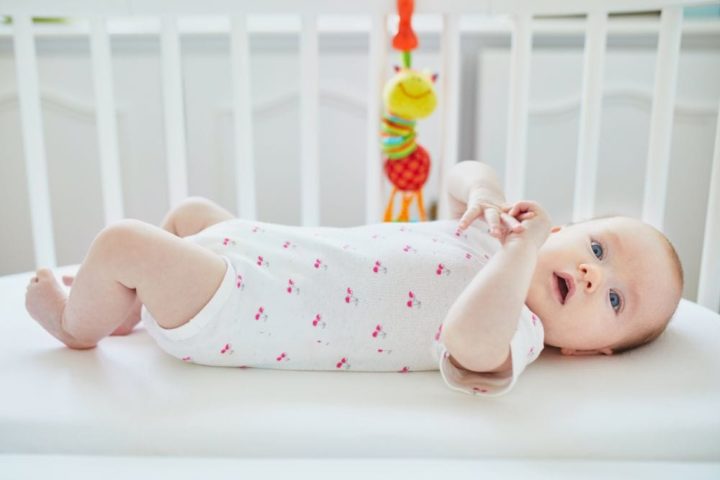
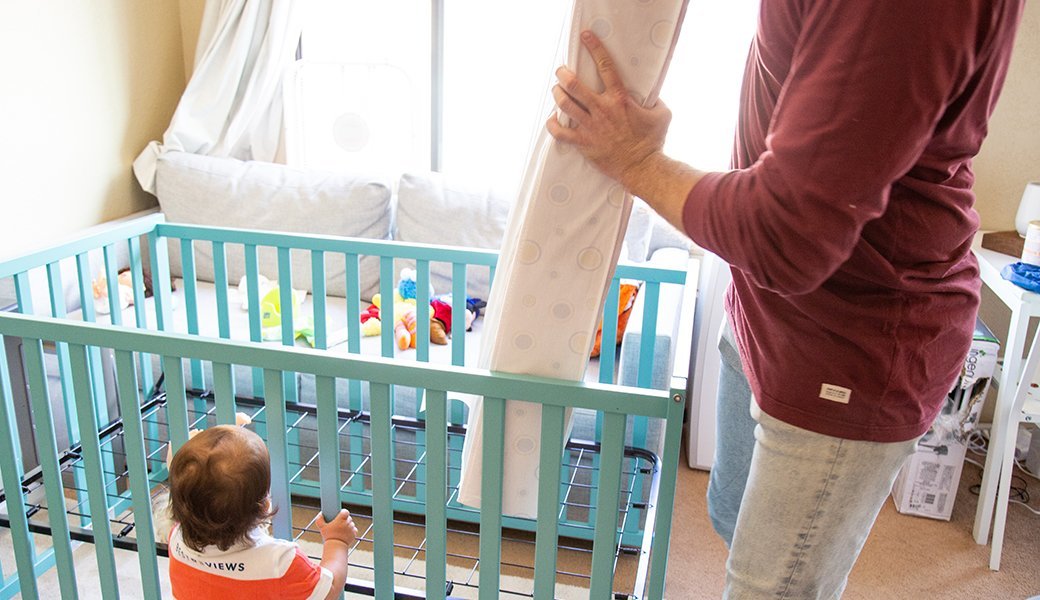


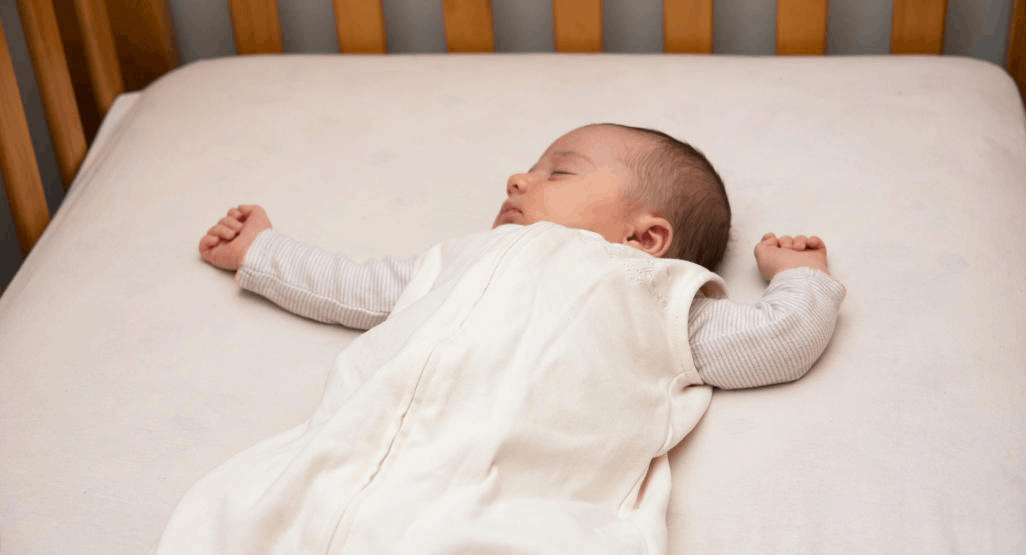
/GettyImages-102357646-5568a9ec50b04f90a594acb93db1b014.jpg)


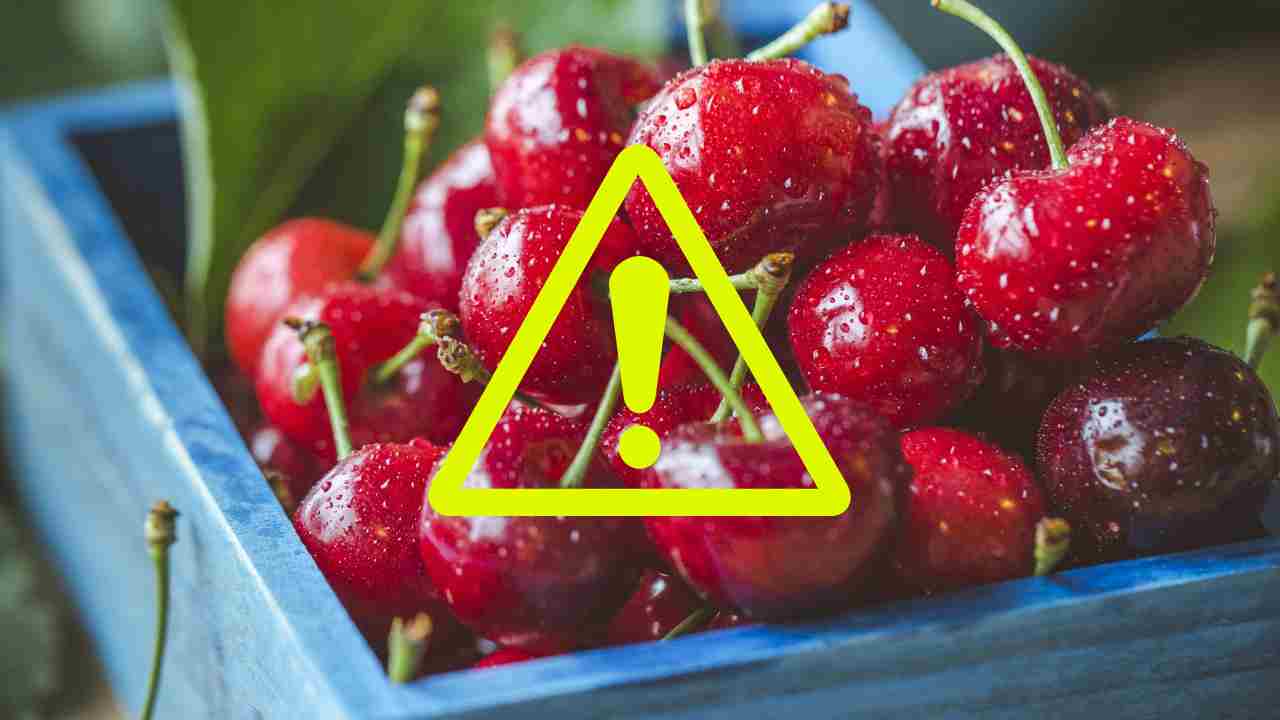







/arc-anglerfish-arc2-prod-pmn.s3.amazonaws.com/public/ZQREAJ47QBAHHOQPFOQ3WAPC6Y.jpg)
